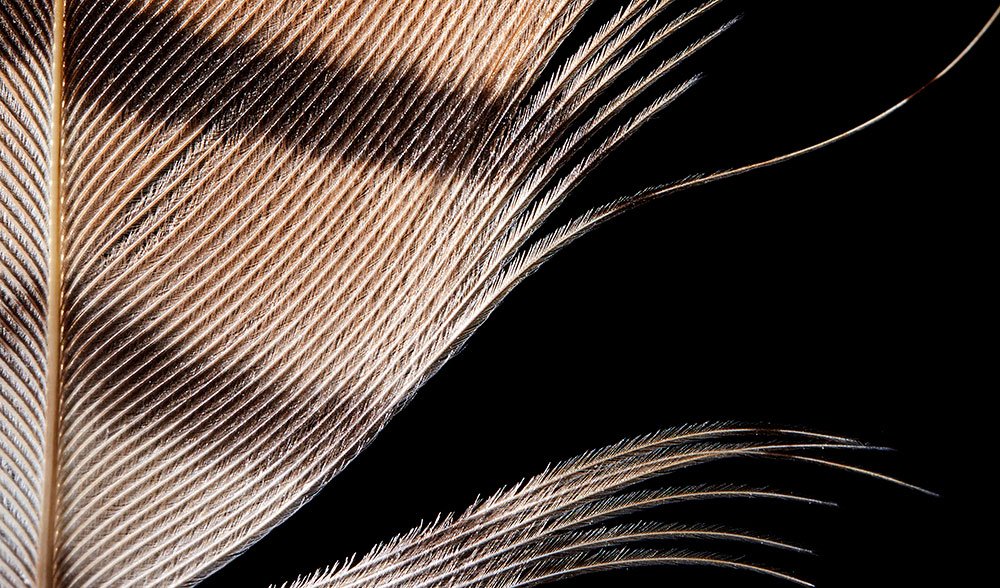Researchers need you to collect feathers

RESEARCHERS ARE ASKING members of the public to collect and send in waterbird feathers to be analysed, in order to collect crucial information about the nutritional ecology and habitats of birds.
Feathers collected by citizen scientists will be analysed using special nuclear science techniques, such as mass spectrometry and high resolution X-ray fluorescence.
The project, run by the Australian Nuclear Science and Technology Organisation and the University of New South Wales, is an Australian-first and provides a new, non-invasive method for tracking waterbirds without the need for their capture.

Plumed whistling duck feather from Lake Lenore, Queensland. (Image: Nick Cubbin/UNSW)
GALLERY: The beauty of feathers
“I have always worked on waterbirds during breeding events, when thousands of birds all come to a single wetland to breed. But the big question has always been where do they come from and where do they go? So this project aims to fill this knowledge gap,” said Kate Brandis, lead researcher from UNSW’s Centre for Ecosystem Science.
Wetlands in decline
Wetland habitats are critical for Australia’s waterbirds, however they are under threat from reduced river flows and flooding, drought, climate change and land-use changes.
These environments provide essential nesting, feeding and roosting habitat, and without them waterbirds can’t breed.
“Since European settlement we have lost about 50 per cent of Australia’s wetlands through land-use changes, river regulation and land reclamation. And as we lose wetland habitats we have fewer places for waterbirds and as a result our waterbird populations are in decline,” said Kate.
“This project aims to find out about the movements of waterbirds and which wetlands they are using so that there can be better wetland and water management to help our waterbirds.”
How you can get involved
All you need to do is visit your local wetland environment (or travel to a new one!) and collect any feathers you may find on the ground or in the water.
Put them in an envelope that includes the details of where they were collected (this is really important), and what type of bird (in known, if not that’s OK).
“We’ve had feathers collected by school kids, retirees, families, tour groups, grey nomads, scientists, and wetland managers,” said Kate.
For more information, visit www.ansto.gov.au/feathermap
RELATED:
- The incredible colours of birds and their meaning
- Birds of paradise: ritual of seduction
- The birds we love to hate




